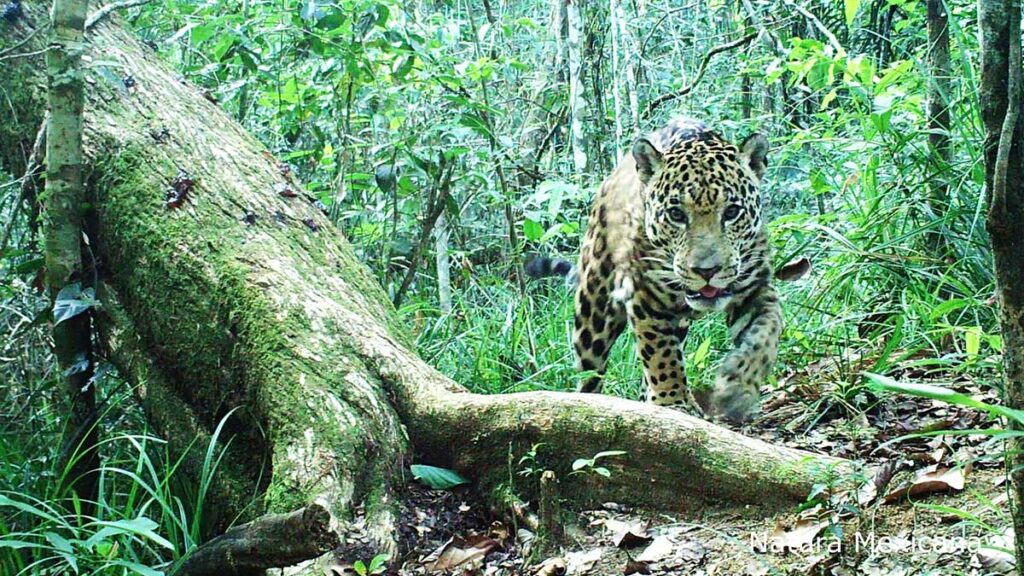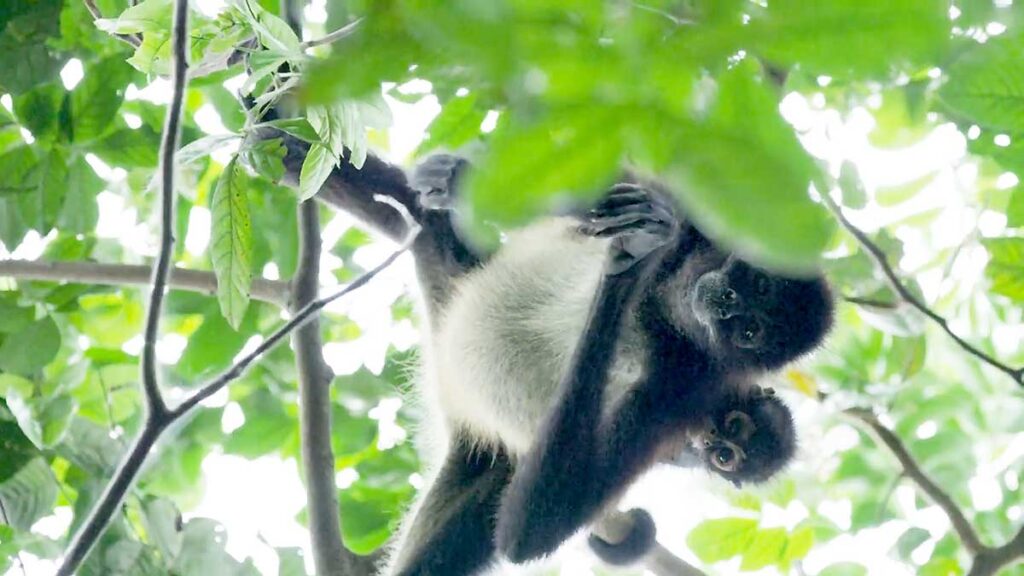Conservation of the Lacandon Jungle in Chiapas
The Lacandon Jungle, in the state of Chiapas, is a strategic region for Mexico as the most biodiverse tropical rainforest in the country which is home to 15% of its flora, 33% of its bird species, 11% of amphibians and reptiles, 25% of mammals, 40% of diurnal butterflies and 13% of freshwater fish. The region also holds some of the last viable populations of emblematic endangered species, such as the jaguar, the white-lipped peccary, the Central American tapir, the scarlet macaw and the white turtle.

In addition, this region constitutes a freshwater recharge priority zone, since it is in the Usumacinta river basin which, together with the Grijalva Basin, contribute 30% of the fresh water of the country. Along with the Campeche and Quintana Roo jungles, and the Petén in Guatemala and Belize, they form the largest tropical rainforest in Mesoamerica, known as the Selva Maya.
Despite its importance, the Lacandon Jungle has been reduced to less than a quarter of its original area due to the disorderly territorial occupation of the last 70 years that has led to deforestation for the establishment of subsistence agricultural activities and, recently, for agro-industrial crops, particularly African palm plantations.
Given this situation, the Carlos Slim Foundation, in collaboration with the organization Natura y Ecosistemas Mexicanos A.C. (NEM), undertook the task of preserving the ecosystems of the Lacandon Jungle and providing economic alternatives for the communities that inhabit it. These actions are implemented in the protected natural areas of the Lacandon Jungle, especially in the southern zone of the Montes Azules Biosphere Reserve Reserva de la Biosfera Montes Azules, as well as the territories adjacent to the RBMA, where the ejidos of the municipality Marqués de Comillas are located. It should be noted that this municipality contains important remnants of jungle that have a strategic biological and ecological function as spaces of ecological connectivity.

The interventions are divided into four main lines of work:
1) Conservation of biodiversity through the consolidation of the protected natural areas and the assessment of the state of wildlife populations through participatory monitoring.
2) Restoration of ecosystems and recovery of endangered species.
3) Sustainable management of the natural ecosystems through the development of productive activities that generate green and inclusive jobs, and additional income for social welfare, and that, in turn, reduce deforestation.
4) Strengthening of local, individual and organizational capacities, and environmental awareness.
The main achievements of these interventions include:
- Maintaining of the natural ecosystem integrity of almost 250 thousand hectares of the RBMA, where the deforestation rate in recent years has been very low.
- Generation of scientific knowledge of the state of preservation of the ecosystems of the Lacandon Jungle and the populations of wild species that inhabit it. As well as the development of landscape connectivity analysis, design of ecology restoration models and reforestation of various tens of kilometers of riverbanks.
- Increase of the wild population in Mexico of the scarlet macaw (Ara macao) by 30%, through monitoring and rescuing chicks at risk of looting, and the placement of 18 artificial nests. Also, the startup of a scarlet macaw Recovery Center with an association of local youth in Yaxchilán.
- Collective preparation and application of conservation instruments and territorial planning in Marqués de Comillas, such as Payment for Environmental Services, which preserve 12 thousand hectares of jungle in that municipality and benefit 650 families, the Municipal Development Plan 2018-2021 and the Ecotourism Promotion Program of Marqués de Comillas.
- Co-creation and accompaniment of five social benefit companies linked to ecotourism activities and sustainable use of wildlife that benefit 152 partners, generate 120 jobs and preserve around 5 thousand hectares of jungle. In addition to the design and implementation of other sustainable productive projects that are inserted as potential value chain links and reinforcement of the family economy, such as four family gardens, two aquaculture tanks with native species, and six wildlife breeding centers.
- Capacity building, both organizational and skills acquisition, of more than 650 local people (including women and youth) and involvement of more than 2,900 children in environmental awareness actions.


